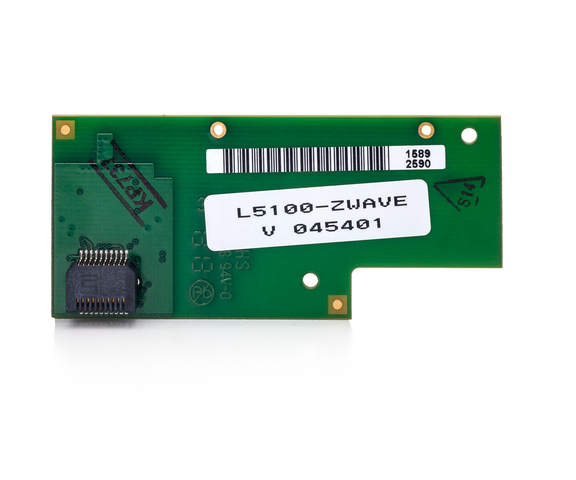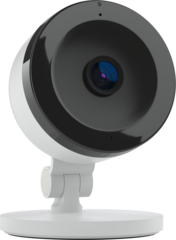How a Strong Z-Wave Mesh Network Benefits Your Home
Posted By Michael GorisHi DIYers! Today we're talking about Z-Wave mesh networks. A Z-Wave mesh network is essentially a collection of Z-Wave smart home devices that work together to create a stronger wireless connection amongst themselves. The more devices that are used, the stronger the mesh network will be.
Before understanding a Z-Wave mesh network, it's important to understand the basic functions of Z-Wave devices. A Z-Wave device is a wireless appliance that can be controlled remotely using an interactive service, such as Total Connect 2.0 or Alarm.com. It can also be setup to activate automatically based on a set schedule or with predetermined system events on an alarm system. Some popular types of Z-Wave devices include lights, locks and thermostats.
As the name implies, a Z-Wave device will communicate using wireless Z-Wave technology. Z-Wave signals operate at 908.42 MHz, which prevents it from interfering with any higher-frequency WIFI signals and the lower-frequency used with most security sensors. Z-Wave devices have a range of about 328 feet between devices in open air. But this range can be greatly reduced because of the presence of walls, large metal objects and other obstacles. However, this is not the end-all range for Z-Wave.
In a mesh network, Z-Wave devices act as repeaters for one another. A Z-Wave device will send its communication signal to other Z-Wave devices, and these devices will send out the signal again to reach Z-Wave devices that are further away. This will continue until the signal reaches its ultimate destination, the Z-Wave hub, or controller.
Every time a Z-Wave device sends its signal to another Z-Wave device in the mesh network, it is referred to as a "hop". Up to four hops can be used with any given Z-Wave signal. By using hops, the communication range for a Z-Wave device can be greatly increased. The estimated maximum range away from the central hub for Z-Wave devices that are utilizing four distinct hops is up to 600 feet!
And of course, Z-Wave signals can be sent in multiple directions. So if you have a Z-Wave hub in the center, you can have signal hops going in opposite directions to have a complete Z-Wave mesh network that is up to 1,200 feet in diameter. That's almost a quarter of a mile! And since the signals are constantly being repeated off of different Z-Wave devices, the more devices you add, the stronger your mesh network will be.
But that's just for standard Z-Wave. There's a newer technology known as Z-Wave Plus that is very similar to traditional Z-Wave, but with a further range. A Z-Wave Plus device can communicate with another Z-Wave Plus device or a Z-Wave Plus controller from up to 550 feet away in open air. Just imagine how far your Z-Wave mesh network can extend with Z-Wave Plus! It's also worth mentioning that a Z-Wave Plus controller can support traditional Z-Wave devices as well. So you won't have to worry about backwards compatibility not being an issue.
A Z-Wave controller is designed to provide support for a maximum of 232 different Z-Wave smart home devices. Each time you add a new device, your Z-Wave network will become that much stronger. If a device goes down for any reason, the other Z-Wave devices can pick up the slack and ensure that signals are still reliably sent out across the network. So if you want the strongest and most reliable mesh network, simply add more Z-Wave devices to your setup.
Z-Wave devices of all kinds are available on the Alarm Grid website. Get some for your smart home automation setup now! Pretty soon you'll have a mesh network of unparalleled strength!

 This update provides support for the
This update provides support for the 
 Although there are newer systems on the market, like the
Although there are newer systems on the market, like the 


 Remember to check any camera after you have installed it to make sure that it is covering a useful area. You may still need to adjust its angle, or maybe its mounting location wasn't very effective after all. Make any adjustments or changes if needed. Pretty soon your home will be nicely monitored, and you and your family will enjoy great peace of mind with your new home security cameras!
Remember to check any camera after you have installed it to make sure that it is covering a useful area. You may still need to adjust its angle, or maybe its mounting location wasn't very effective after all. Make any adjustments or changes if needed. Pretty soon your home will be nicely monitored, and you and your family will enjoy great peace of mind with your new home security cameras!


